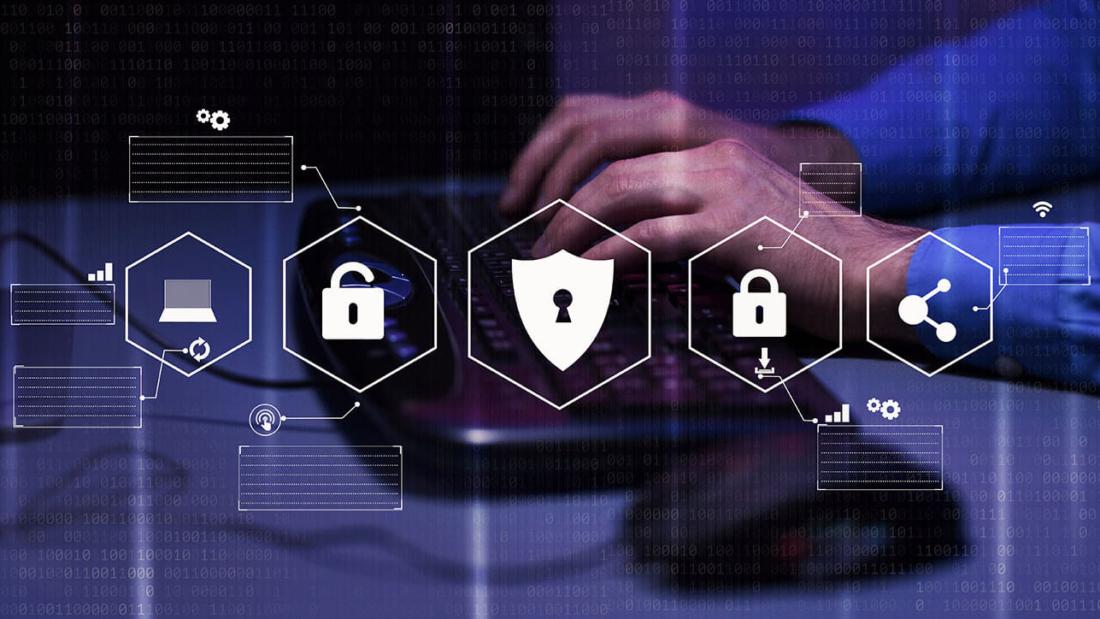Introduction
Information security is a critical aspect of any organization’s operations in the digital age. With the increasing reliance on technology for day-to-day activities, protecting sensitive information from unauthorized access, disclosure, alteration, or destruction has become paramount. In this article, we delve into ISO 27005, a globally recognized standard for managing information security risks effectively.
Importance of Information Security
Information is one of the most valuable assets for organizations, encompassing financial data, customer records, intellectual property, and more. Ensuring the confidentiality, integrity, and availability of this information is crucial to maintaining trust with stakeholders and avoiding potential reputational damage.
Risks Associated with Information Security
Cyber threats such as data breaches, malware attacks, and social engineering tactics pose significant risks to organizations. These threats can result in financial losses, legal liabilities, and damage to an organization’s reputation.
Background and Purpose
ISO 27005 was first published in 2008 by the International Organization for Standardization (ISO). Its primary objective is to assist organizations in establishing a risk management framework tailored to their specific needs and objectives.
Key Components of ISO 27005
The standard outlines key principles and processes for information security risk management, including risk identification, risk assessment, risk treatment, and risk monitoring and review.
Benefits of Implementing ISO 27005
Enhanced Security Measures
By following the guidelines laid out in ISO 27005, organizations can implement robust security measures to protect their sensitive information from various threats.
Compliance with Legal and Regulatory Requirements
ISO 27005 helps organizations align their information security practices with legal and regulatory requirements, ensuring compliance and minimizing the risk of penalties or fines.
Improved Risk Management
Effective risk management enables organizations to proactively identify and address potential threats, reducing the likelihood of security incidents and their impact on business operations.
Steps to Implement ISO 27005
- Establishing Context: Define the scope, objectives, and constraints of the risk management process.
- Risk Identification: Identify potential threats, vulnerabilities, and assets within the organization.
- Risk Assessment: Evaluate the likelihood and impact of identified risks.
- Risk Treatment: Develop and implement controls to mitigate identified risks.
- Monitoring and Review: Continuously monitor the effectiveness of risk management measures and update as necessary.
Role of Risk Assessment in Implementation
Risk assessment is a critical component of ISO 27005, providing organizations with valuable insights into their information security risks and helping prioritize risk treatment efforts.
Conclusion
In conclusion, ISO 27005 plays a crucial role in helping organizations manage information security risks effectively. By following its guidelines and best practices, organizations can enhance their security posture, comply with legal and regulatory requirements, and mitigate the impact of potential security incidents.

